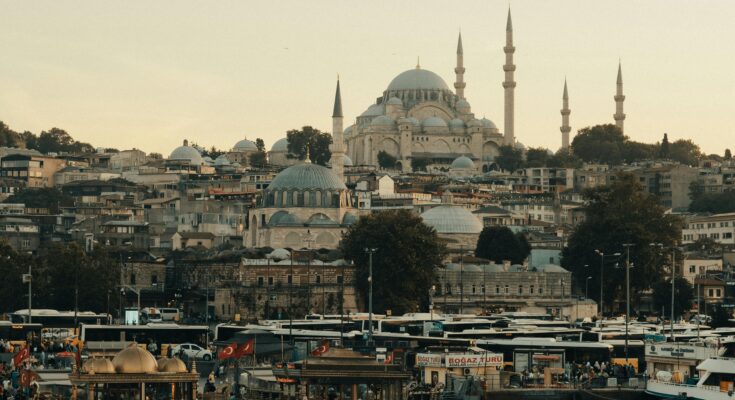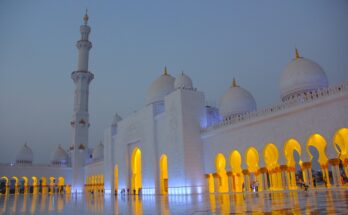Past and future of Islam: Seeing What Was and What Will be
Islam is a huge religion with millions of followers. It has a presence in many parts of the world, and a 130-year history. The one transcendent, immanent God of pristine uniqueness is shared by all Muslims. Its Past and Future are a topic of debate.
According to them, the Qur’an is the authentic word of God, existing eternally with God. And being revealed to all the prophets, starting with Adam, but only to Muhammad, the Seal of the Prophets, in its purest, most unadulterated form. Islam was disseminated via the sword, evangelization, spiritual leadership, and financial inducement.
Islam saw numerous invasions, conquests, and civil wars during its first six centuries. Islamic civilization was likewise at its height throughout those early years. As evidenced by its universities, philosophy, law, science, literature, and art. Creativity was not hindered by political uncertainty.
For the most of its second six centuries, the Ottoman and Mughal empires ruled over most of Islam. They were extremely militarized and centralized. Generally speaking, under those two empires, learning decreased, tribalism grew. And a corrupt privileged and quasi-feudal elite structure retained itself in power—though there were undoubtedly exceptions. Stultification and political stability coexisted throughout that time.
Islam: into the Past
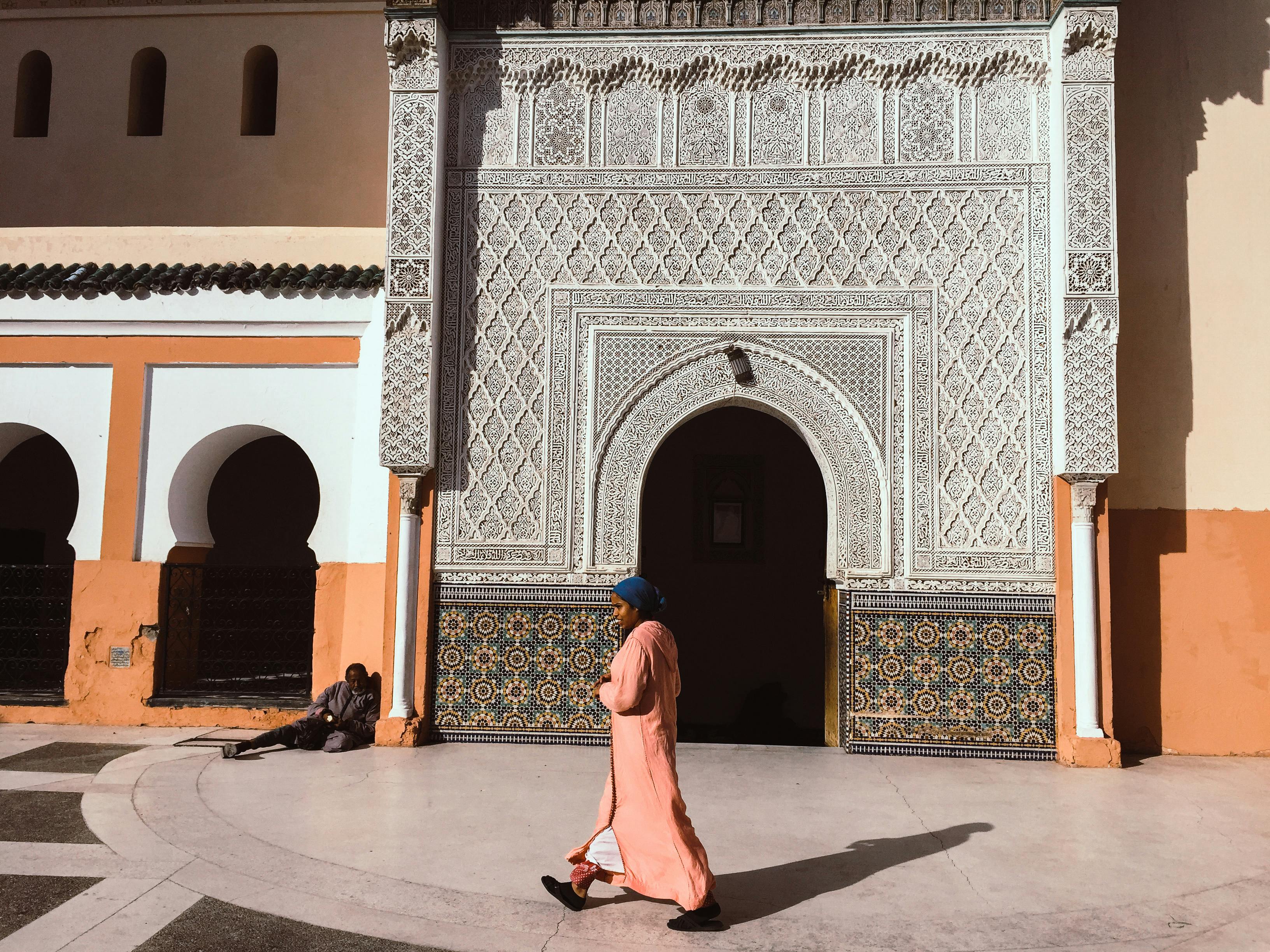
Image Credits: Pexels.com
Islamic tradition holds that Muhammad was called “to recite” sometime around 610 A.D. He declared that Allah, a god who was once worshipped as a composite of several pagan gods, was indeed the One and only God. Muhammad was a member of the prominent tribe in Mecca, and his preaching caused them to become hostile.
He went to Medina in 622 after accepting an invitation from several of his converts, where he led the Meccans and other tribes in battle. He was eventually invited back to Mecca, where his preaching had a profound effect on the entire city. After then, Islam swiftly expanded throughout Arabia. Islam passed away in 632.
There was instant competition over who should succeed him. This was the major civil conflict that finally caused the Sunnis and Shi’ites to split off from Islam.
What followed Next
The competition persisted in one form or another over the following three centuries. However, as Muslims argued over the central tenets of their faith, an ideological competition also emerged alongside the political struggle. The great achievements of Islamic civilization, such as institutional tolerance for other religions, especially Christianity and Judaism, emerged in the midst of this conflict. There are five noteworthy ideological streams of Islam in this age.
The Mutazilites were one tradition and theological school that placed a strong emphasis on reason and rigorous argument. The Mutazilites resembled the Scholastics of mediaeval Europe and were readers of Greek philosophy. They held that reason might assist one in gaining substantial understanding about what was desirable, offering a certain means of achieving connection and nearness to God, even though reason’s fallibility necessitated the Qur’an.
They claimed that the Qur’an was a creation of God and refuted the notion that it has existed from all eternity.
The decline of Islam: Past and Future of Islam
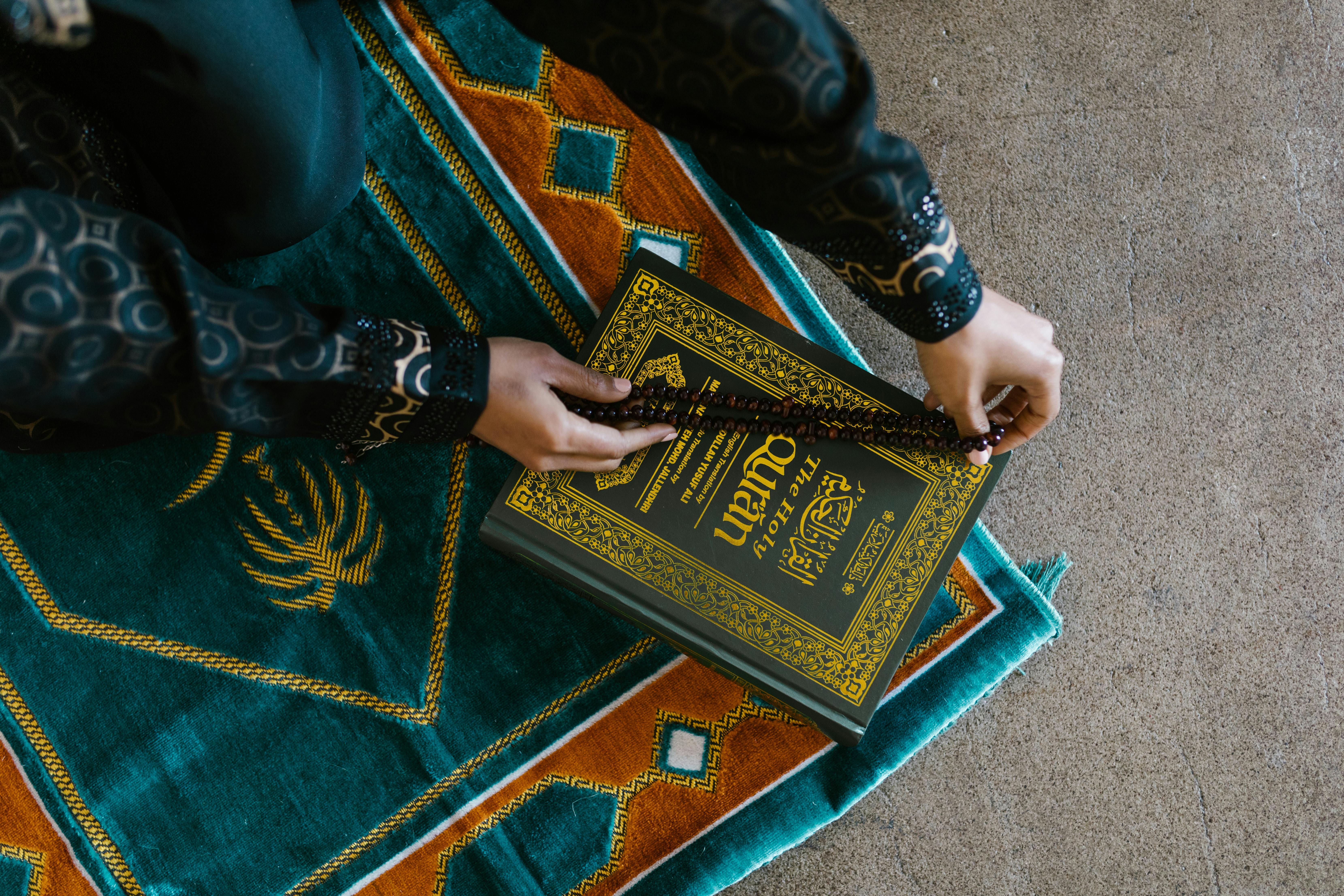
Image Credits: Pexels.com
Calling the period of the Ottoman Empire, when its soldiers reached the gates of Vienna or when the Mughals ruled the vast subcontinent of India, the age of Islam in decline may seem odd. However, after the catastrophic Mongol destruction of the thirteenth century, the Ottomans brought much of Islam back together. But Islamic culture as a whole died out, especially when compared to the high Middle Ages and the Renaissance in the West. The ulema, or legal and religious academics, emerged as the dominant intellectual group in Islam and eventually became the imperial court party. The self-sustaining ulema comprised a group of supporters of an inflexible interpretation of Shari’a.
Adherence to Sufi orders and practices expanded across the Muslim world. However, this was also the time of military elites, strict legalism. And forced conversions, a thriving slave trade, political oppression, and tribalism.
The late 18th century
Reactions to the corruption and, eventually, the fall of the Islamic empires accelerated starting in the late eighteenth century. There were two Muslim responses that contended that the Islamic world had become disconnected from its roots. A faction held the opinion that the empire had been overly tolerant of Sufi mysticism. They believed that the empire had not been strict enough with its laws.
This group aimed to enforce the Shari’a in all its strictness, as it had been codified several centuries before. They were the ones who are nowadays quite rightly called extremists. Muhammad ibn ‘Abd al-Wahhab, a prominent early fundamentalist who denounced Sufi devotions, was one of the most significant among them. Wahhabism ultimately established one of the strictest and most intolerable forms of fundamentalist Islam, allied with the Saud faction.
Into the tomorrow: Past and Future of Islam
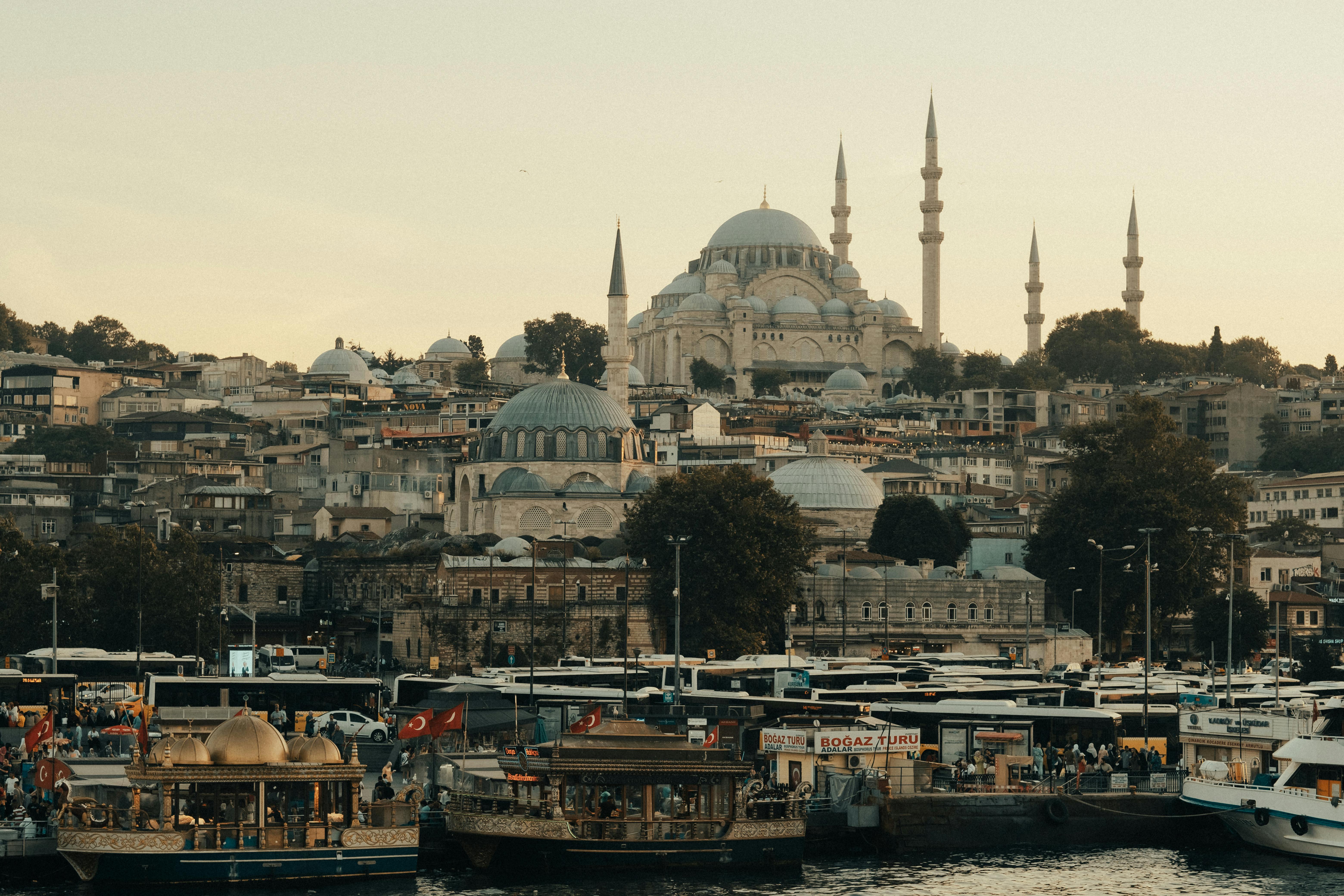
Image Credits: Pexels.com
Liberty is the only thing that can allow religion to fully develop. The fight against terrorism today is also a fight to rescue Islamic civilization from the evil deeds of extremists. And to grant that region of the world the opportunity to experience liberty.
Liberty was able to vanquish even more dangerous ideologies than modern Muslim extremism: Nazism and Communism. In one way or another, Eastern Europe, Latin America, Japan, Germany, and Russia now all support liberty. The Muslim world is a natural ally of liberty. We see it in writers in Egypt who risk an autocratic state and deadly extremists, in young men of Kabul who shaved their beards to defy the Taliban. And in women who dared to reveal their unique looks.
This guide traces the past and future of Islam. And it has been substituted with references which are beneficial for you. Discover the extensive account on what was and what will be.

